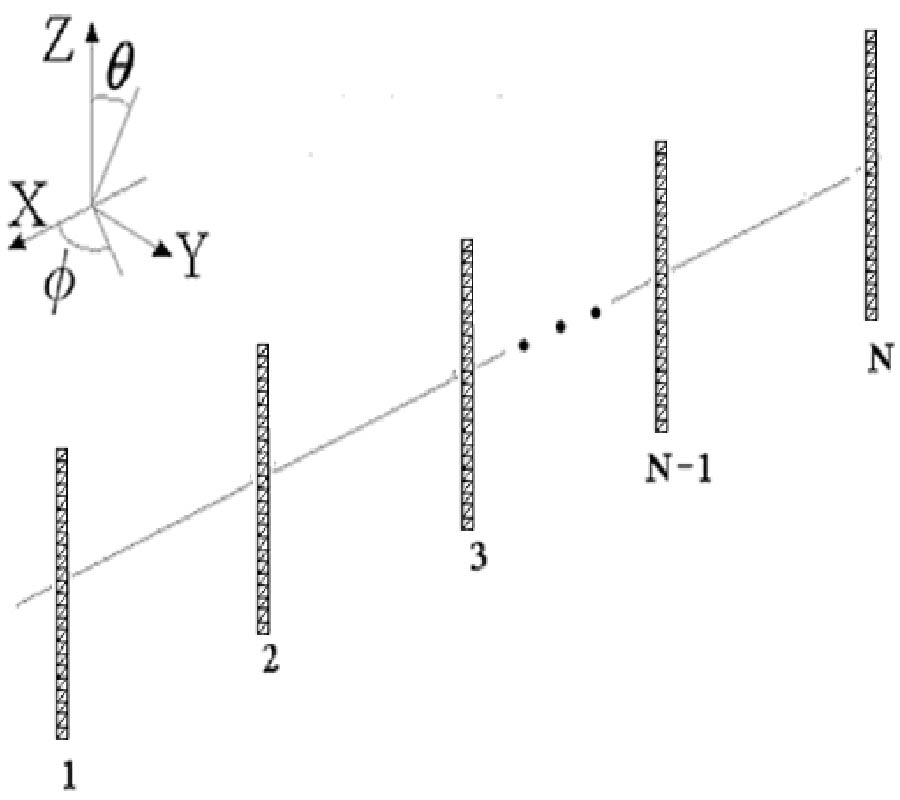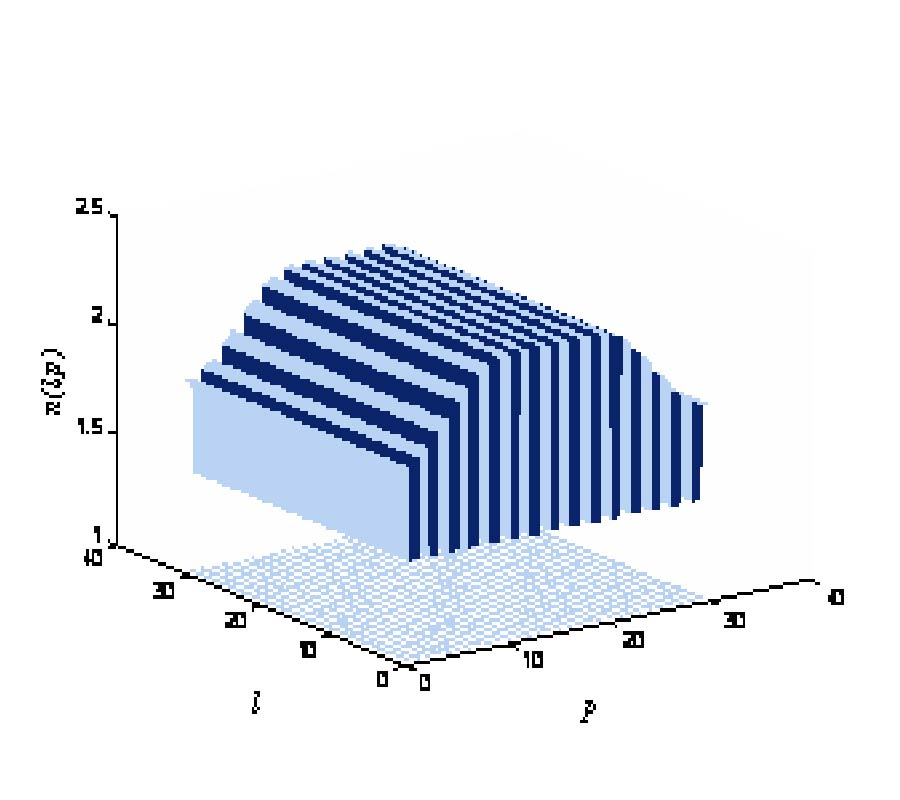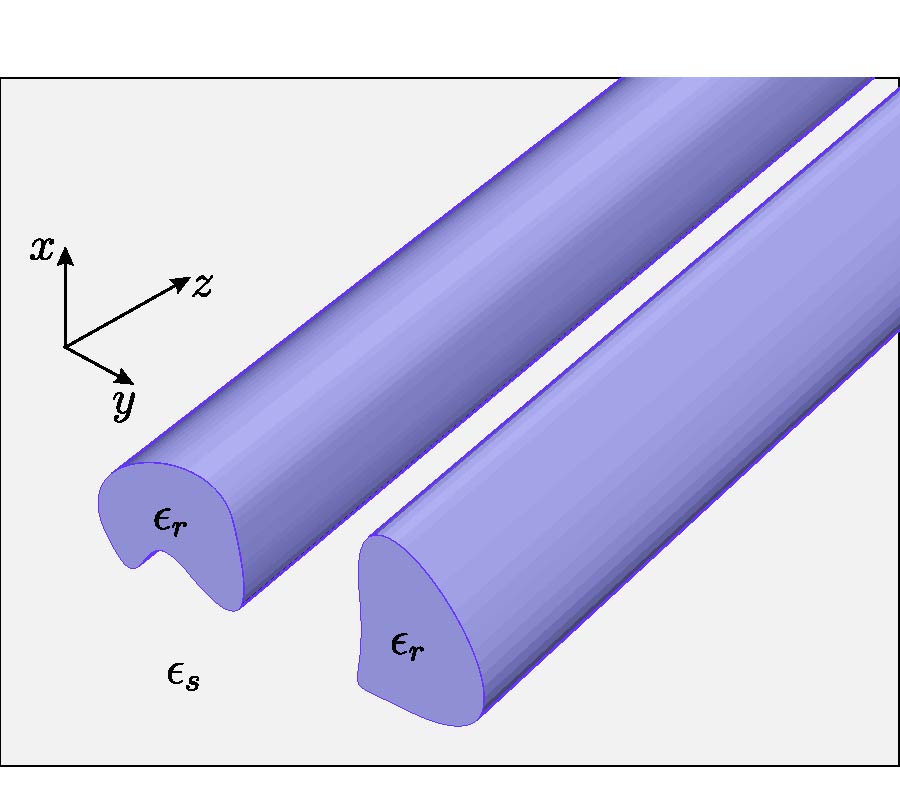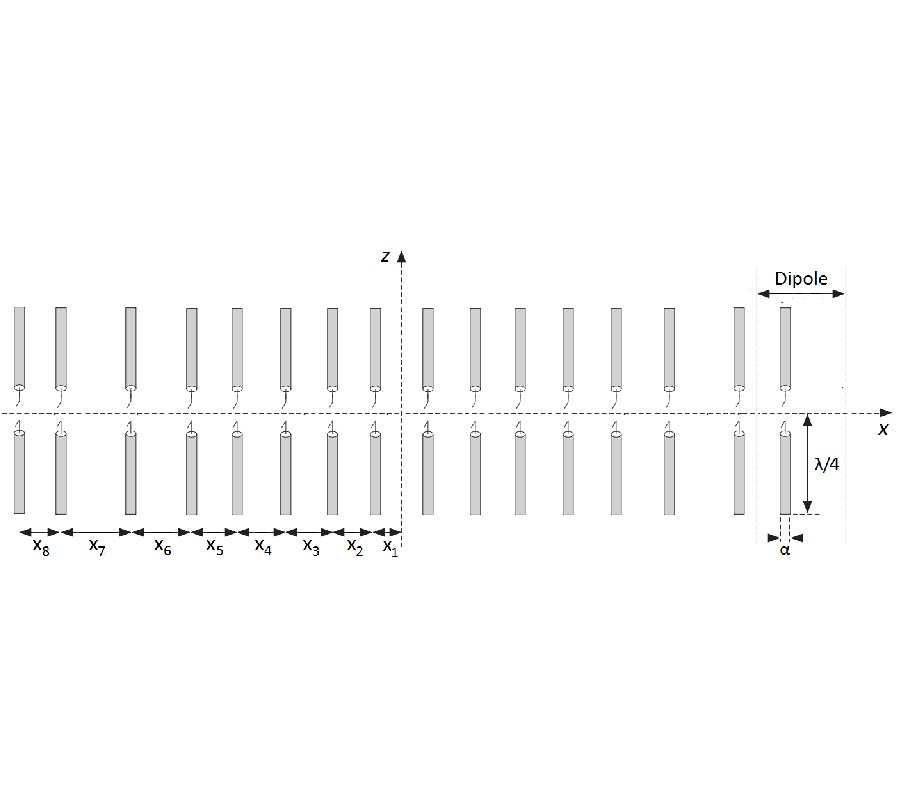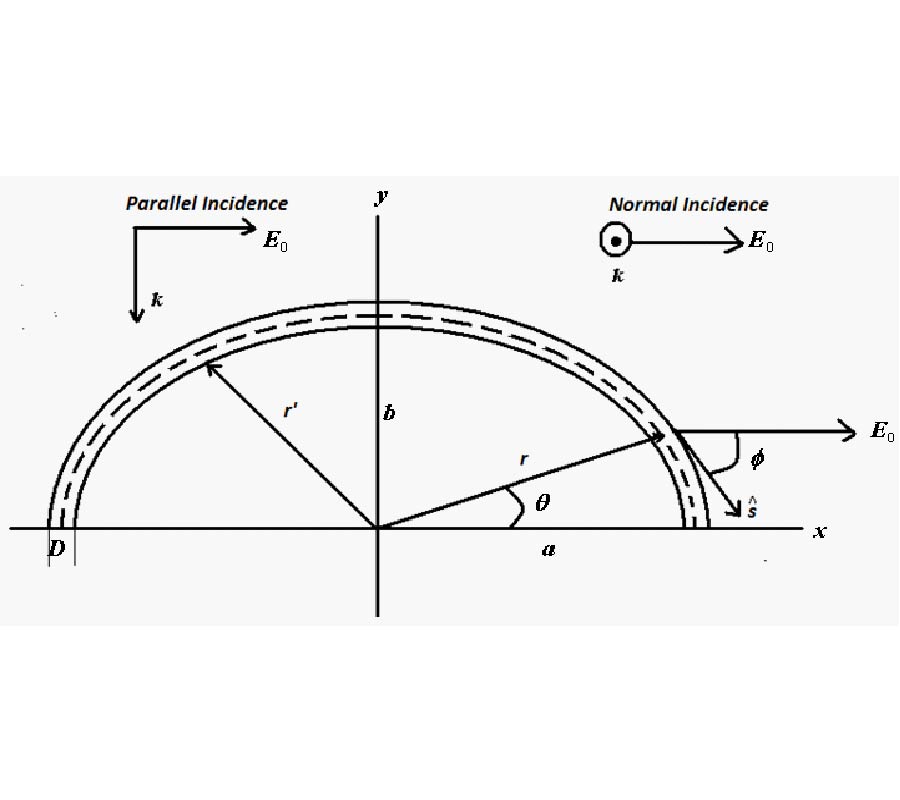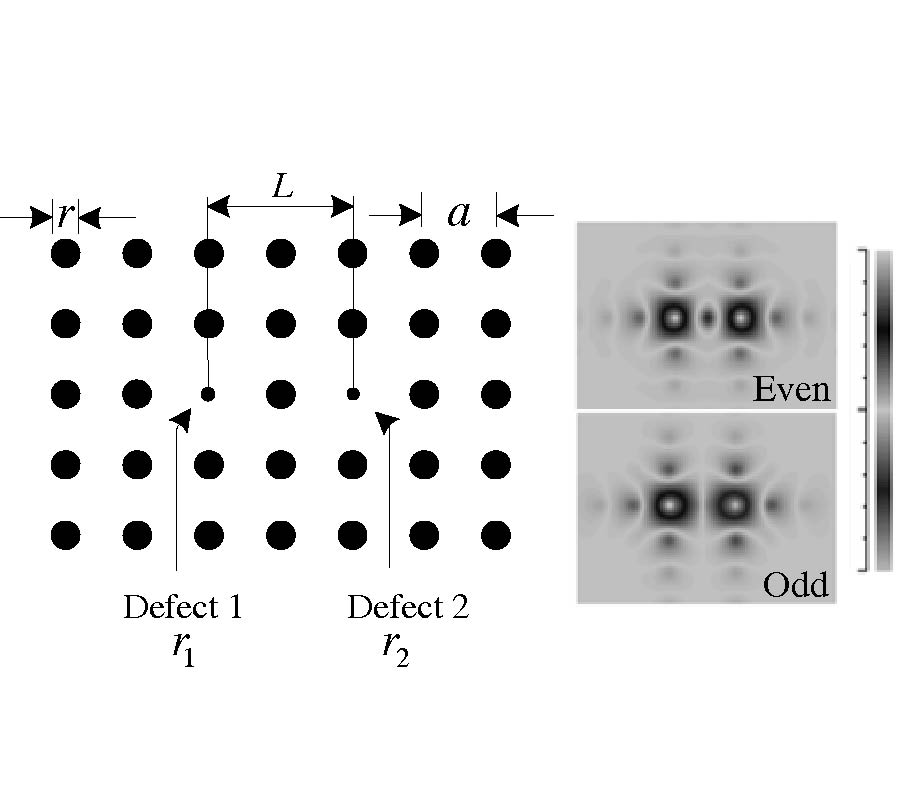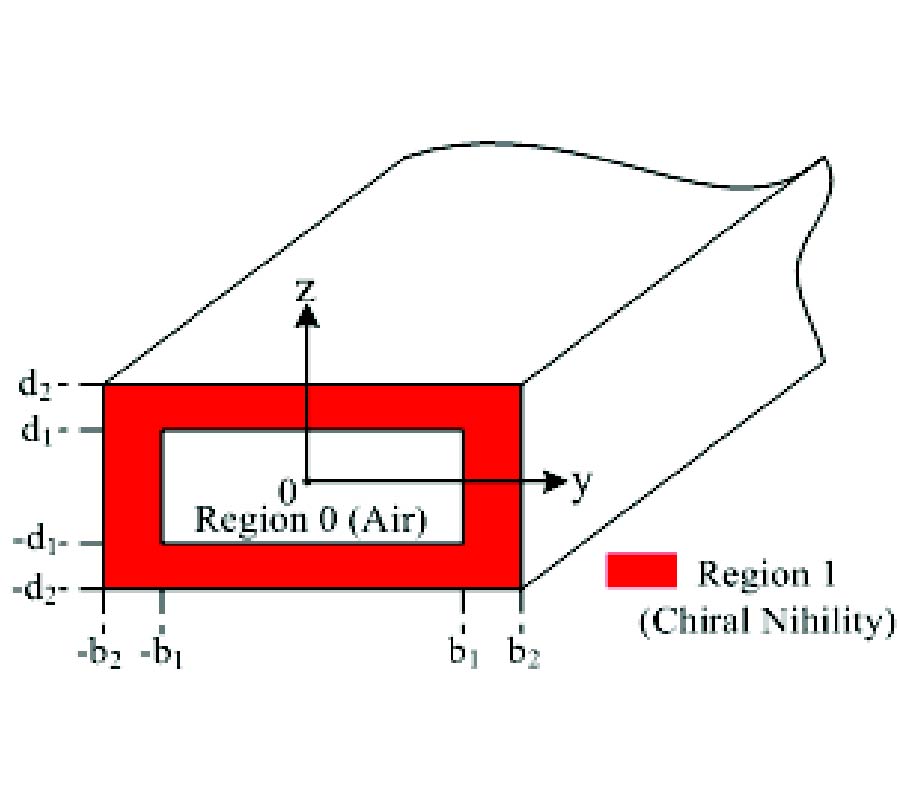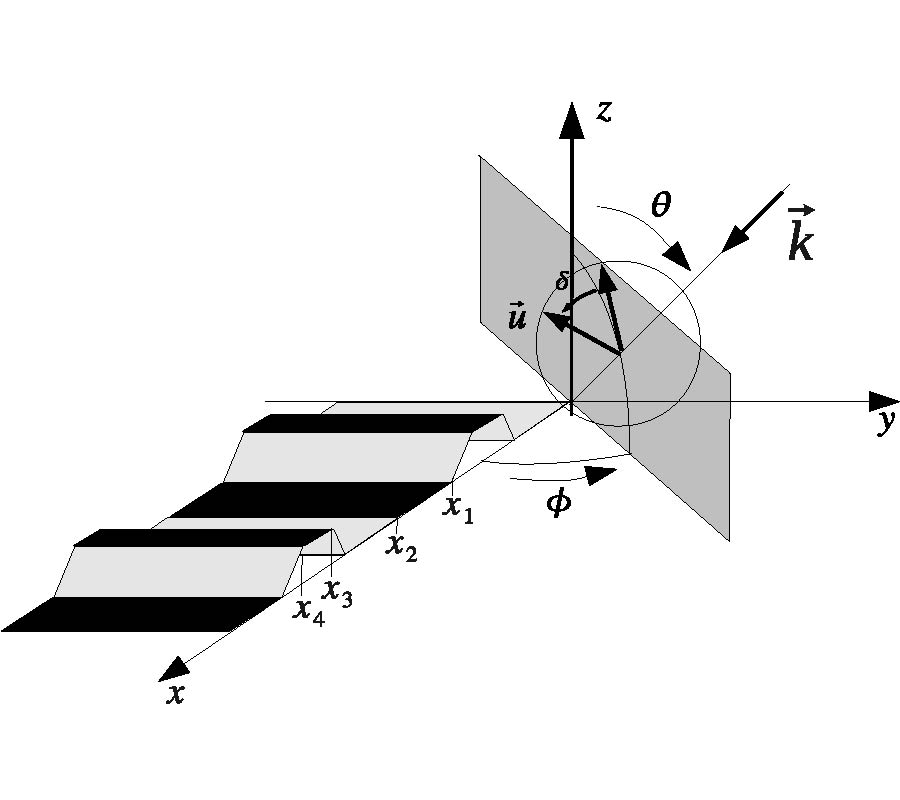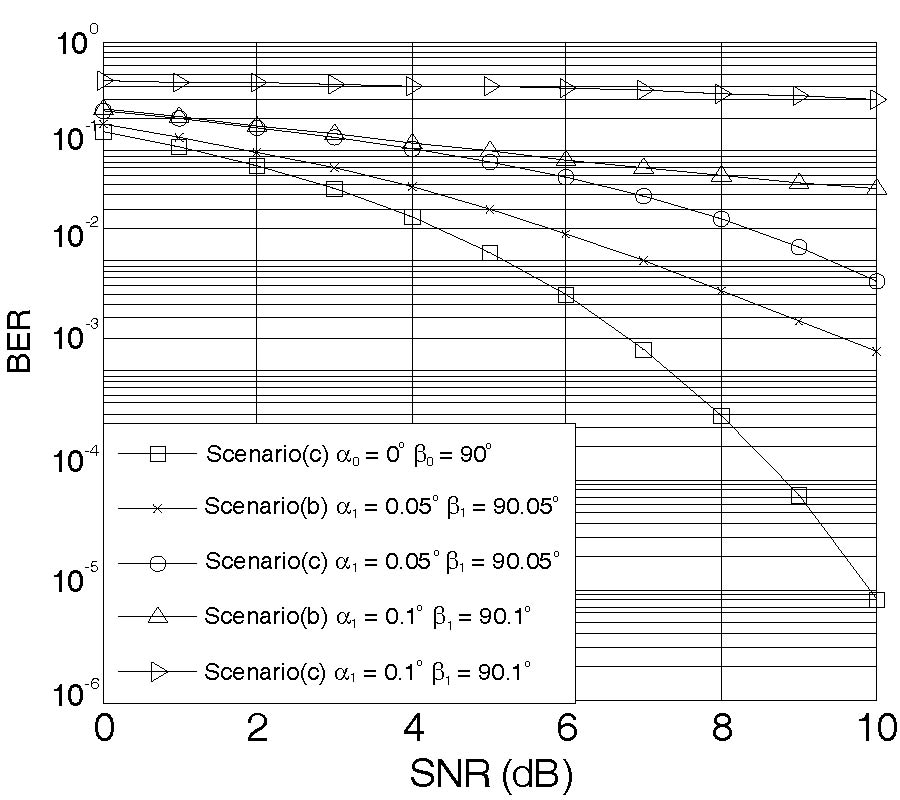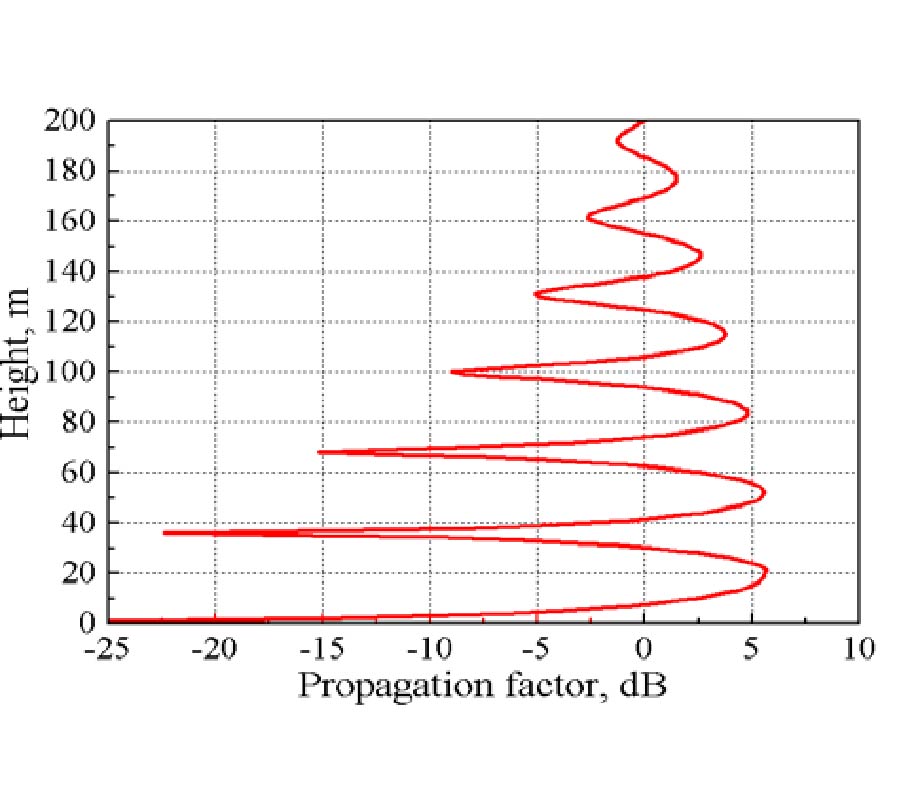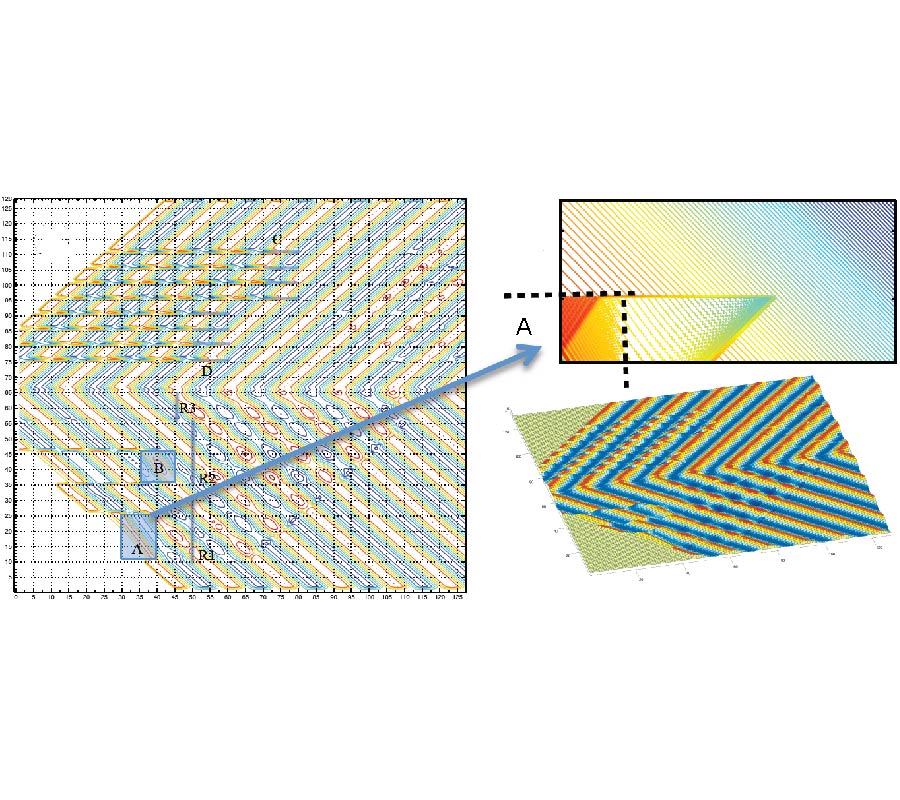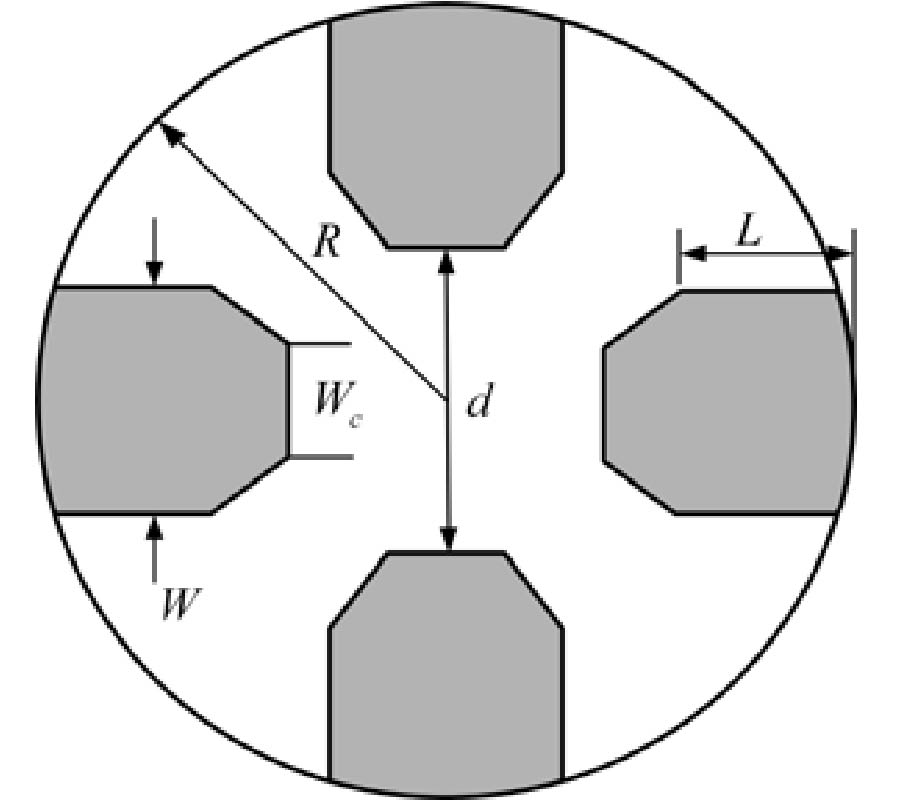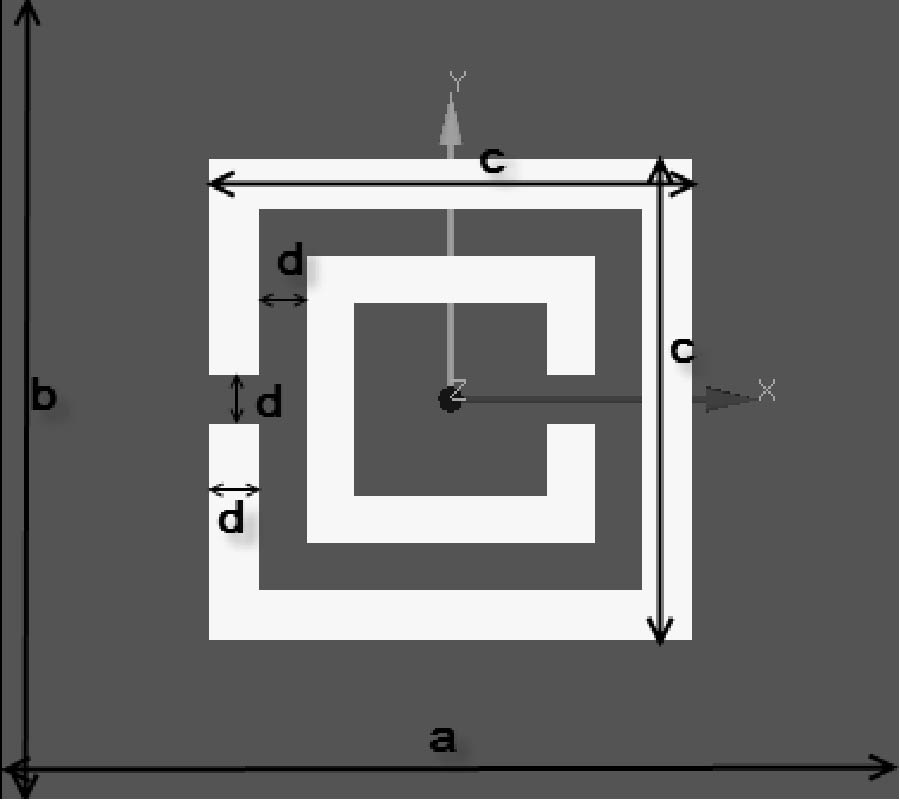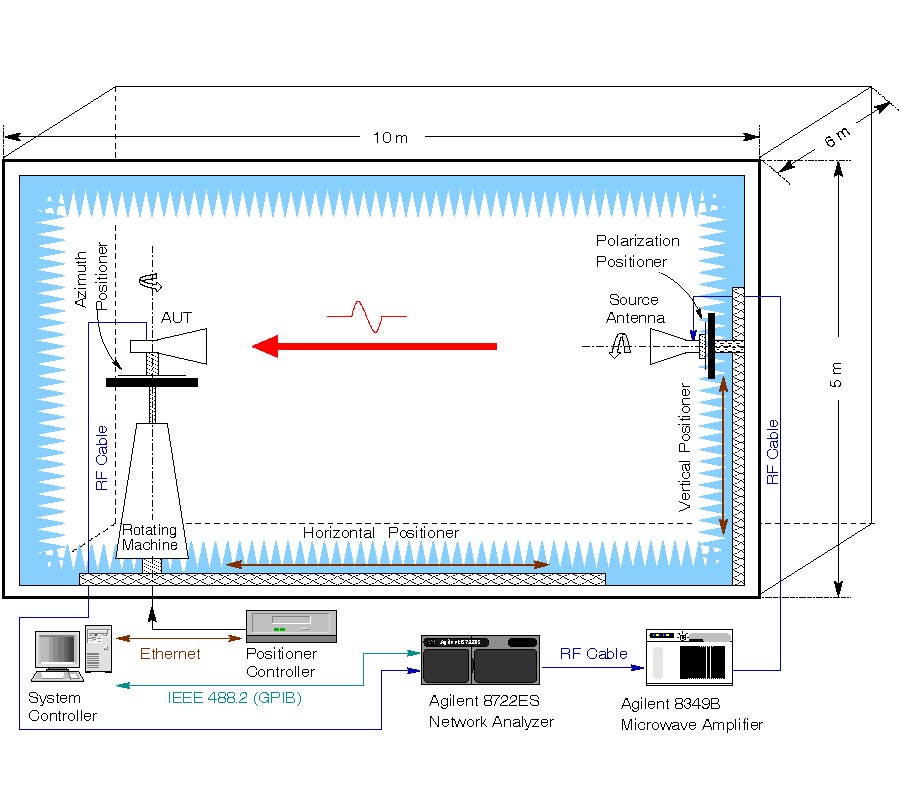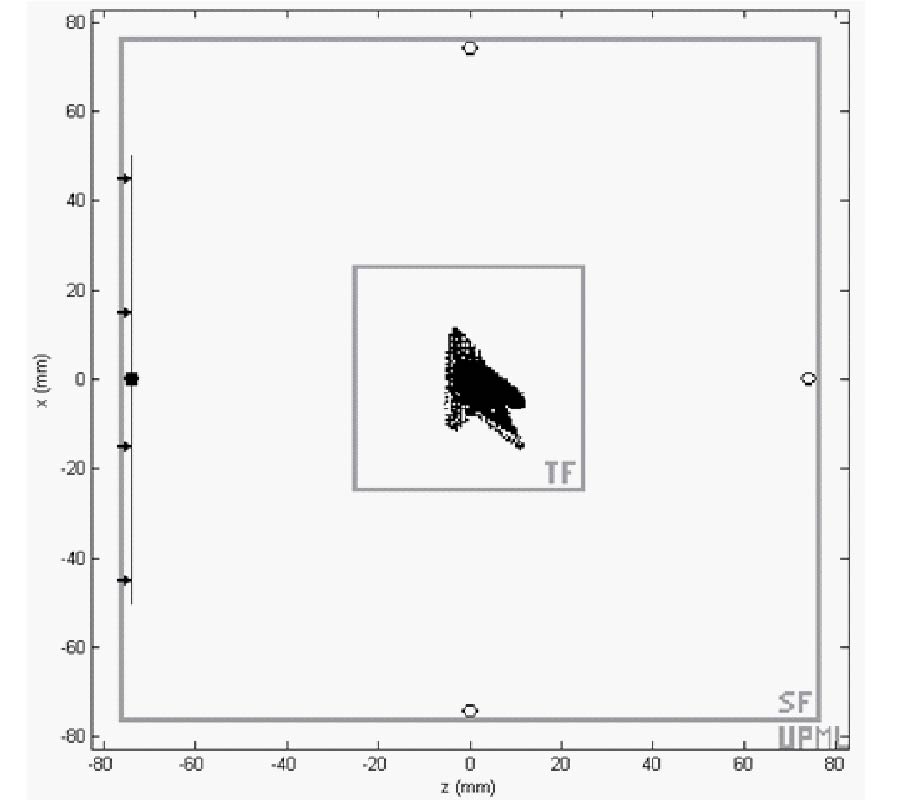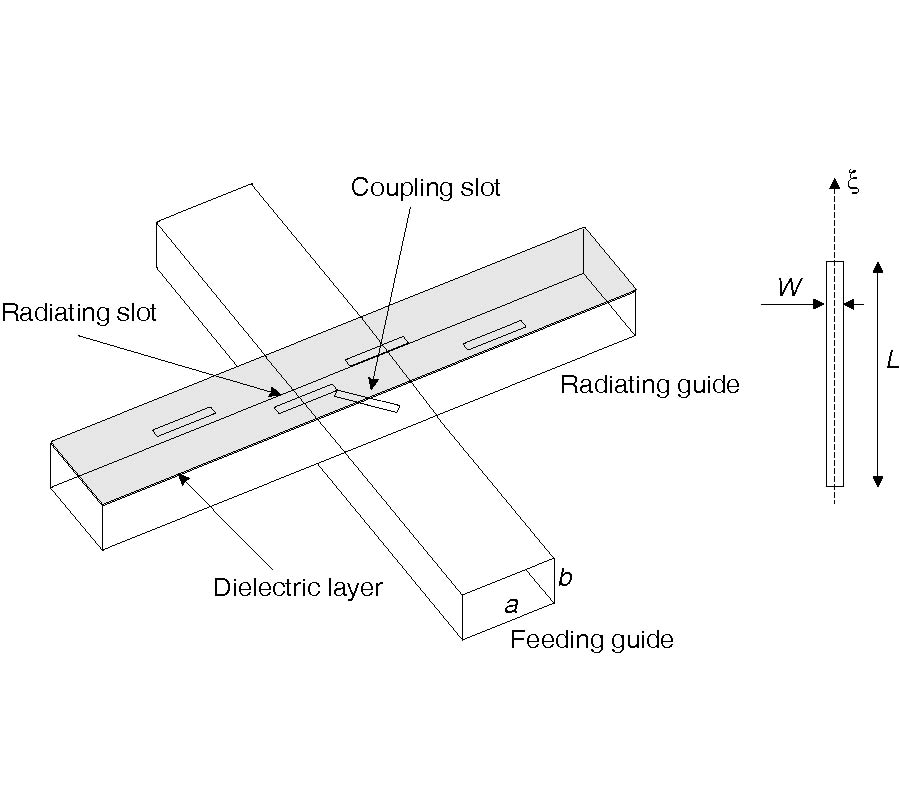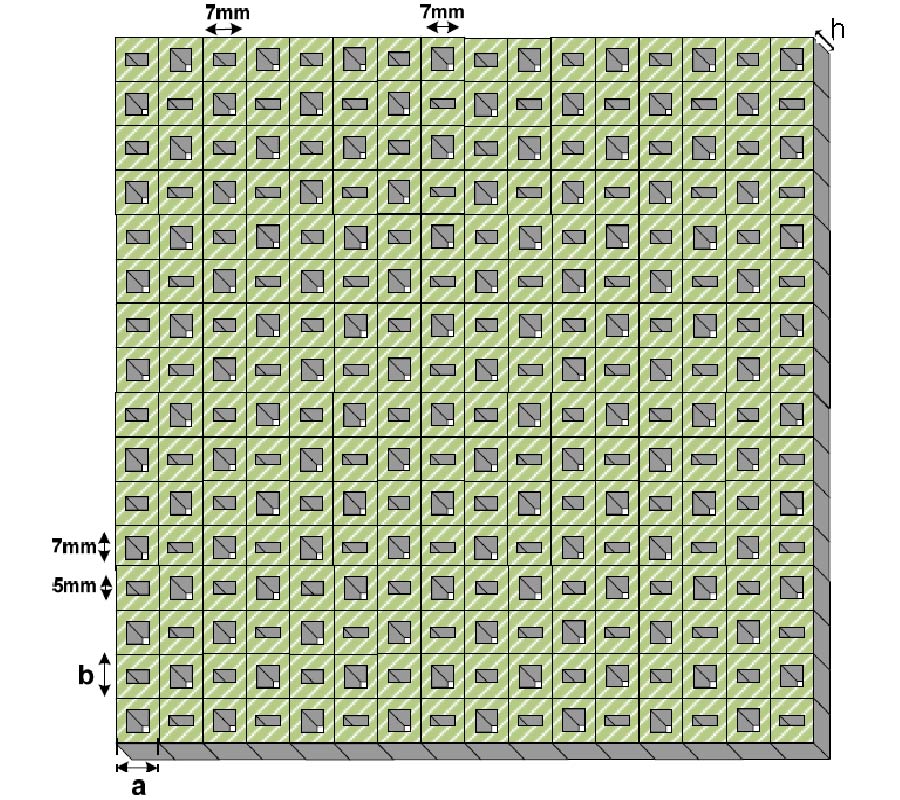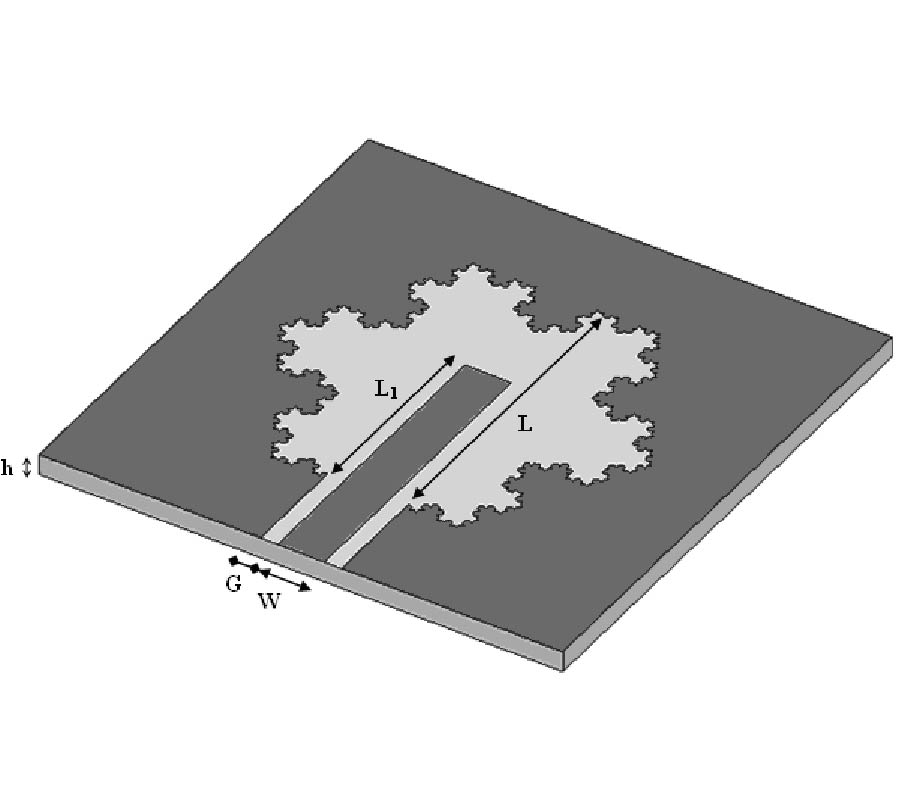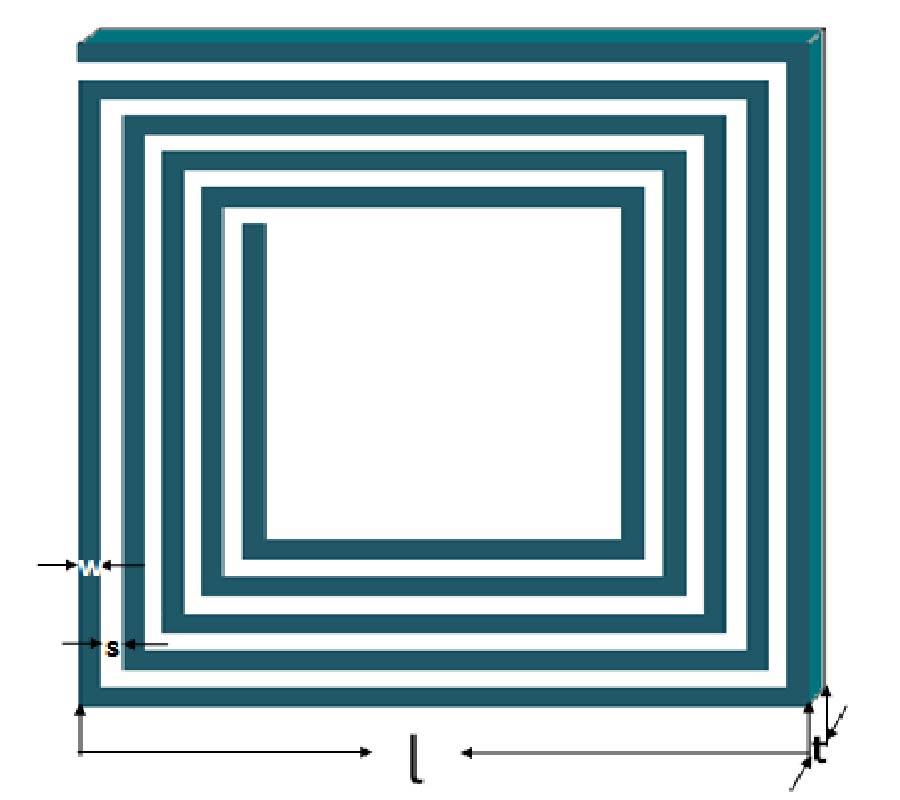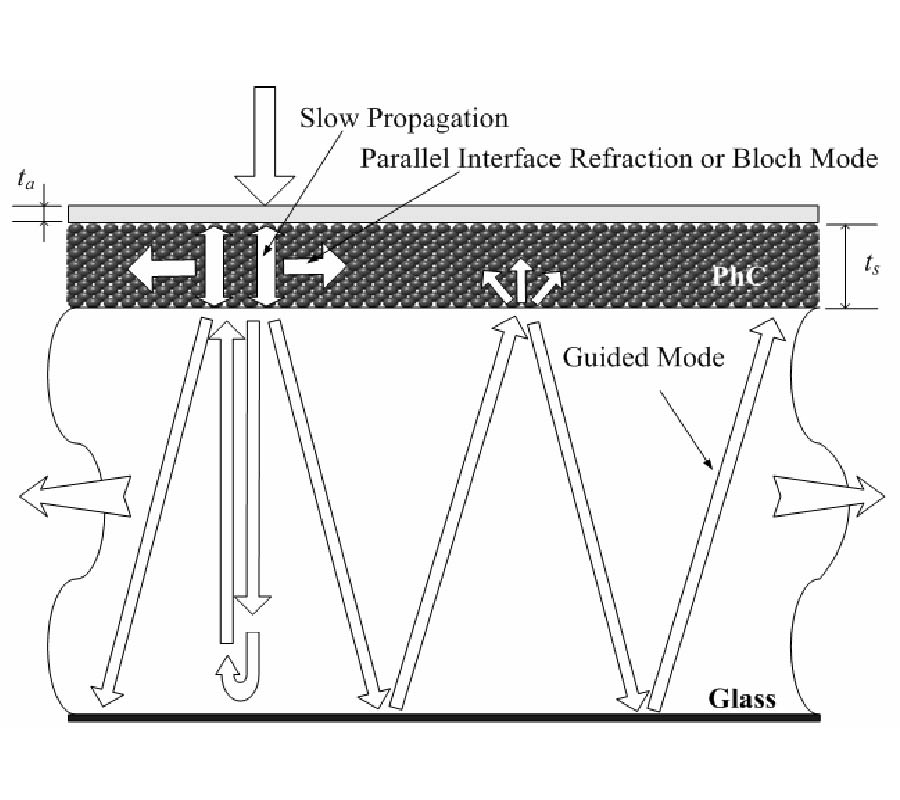A Novel Design Algorithm' and Practical Realization of Rectangular Patch Antenna Loaded with Sng Metamaterial
M. R. C. Mahdy,
Md. Rashedul Alam Zuboraj,
Abdullah Al Noman Ovi and
Md. Abdul Matin
In this paper, for the very first time, a general algorithm for designing rectangular microstrip patch antenna, partially loaded with SNG (Single Negative) (MNG (µ Negative) and ENG (ε Negative)) metamaterial has been proposed to achieve better radiation performance. Then, applying our proposed algorithm, theoretically we have predicted novel dual band miniaturized rectangular patch antennas (loaded with MNG metamaterial) for two different bands using unconventional interface resonance mode under fundamental TM010 mode. Then we have proposed a complete design of magnetic inclusions, presenting full wave numerical simulations of the structure, which effectively supports the theoretical expected resonant modes as well as satisfactory radiation pattern performance. Prior to our current work, impossibility of sub-wavelength or electrically small rectangular patch antenna has been demonstrated using ENG metamaterial. However, in this paper, we have indicated a direction towards the real-life implementation of possible miniaturized rectangular patch antennas partially loaded with MNG metamaterial. The algorithm proposed in this paper is the key to choose the appropriate material parameter to design all such antennas.
